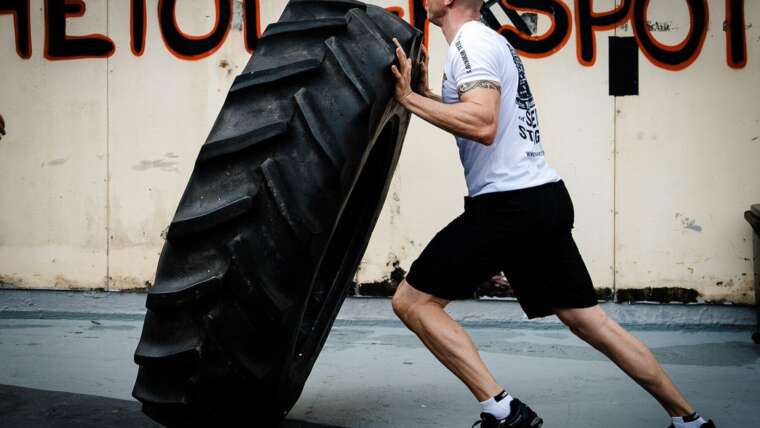
Purlins for metal buildings are the unsung heroes of construction. They sit beneath the roof, unseen but vital. When the wind howls, when snow weighs heavy, they hold firm. These pieces of steel, bent and shaped, spread the load across the roof. They do their job quietly, without fanfare.
Purlins are crafted to distribute the weight of snow or wind evenly and keep the roof straight. When snow piles up, it doesn’t crush the roof, and the wind doesn’t pull it apart. They make sure of that. They are strong, simple, and reliable. This article discusses how metal building purlins increase the strength of the roof and its other benefits.
Table of Contents
Distributing Load for Wind Resistance
When the wind pushes against a building, the roof is the first to feel it. Purlins spread out this force. Instead of hitting one spot, the wind spreads across the whole roof, keeping the structure solid. Without these, the roof might buckle. Purlins act like a shield, pushing the wind’s force across the building.
Handling Snow Accumulation
Snow is heavy. When it piles up on a roof, the weight can be crushing. Purlins take that weight and spread it out. The roof holds, even when the snow is deep. In snowy places, these are a must. Without them, roofs would collapse under the weight.
Shaped for Strength
There are different shapes of purlins. The two most common are Z-shaped and C-shaped. These shapes matter. They allow the steel to stay strong and resist bending. Z and C purlins overlap each other, giving extra support. It’s a clever design that adds strength where it’s needed most.
Purlin Spacing and Overlaps
Purlins must be spaced just right. Too far apart, and they won’t be strong enough. Too close, and the building will be heavy. The overlaps in Z beams are key. They give more support without adding weight. Proper spacing and overlapping make all the difference.
Minimizing Roof Deflection
Roof deflection means bending. Too much bending is bad. Purlins stop that from happening. They keep the roof straight and true. When wind pushes, or snow presses down, purlins fight back. They hold firm, keeping the roof in place.
Cold-Formed Steel: Tough and Flexible
Purlins are made from cold-formed steel, which means the steel is bent at room temperature, not melted. Cold-formed steel is light but strong. It can take a beating from wind and snow without breaking. It’s flexible enough to bend slightly but strong enough not to snap.
Galvanized Purlins Resist Corrosion
Purlins are often made from galvanized steel, which means the steel is coated to prevent rust. Rust can weaken the metal, but galvanized purlins resist it. This matters in harsh environments, where snow and rain are common. A roof’s strength depends on it.
The Right Partner for Your Project
Building a strong, reliable structure is a big task. It helps to have an expert by your side. They can guide you and make sure the purlins are placed right. A good partner knows how to design for wind and snow. They ensure your building stands strong. With their help, your project will be safe, solid, and ready to handle whatever the weather brings.
Purlins are small, but they do a big job. They protect buildings from wind and snow. Their simple, clever design makes them strong. In places with tough weather, metal building purlins make sure roofs stay standing. They are the silent heroes in construction, ensuring the roof doesn’t bend, break, or buckle. If you want a strong building, you want good purlins.


